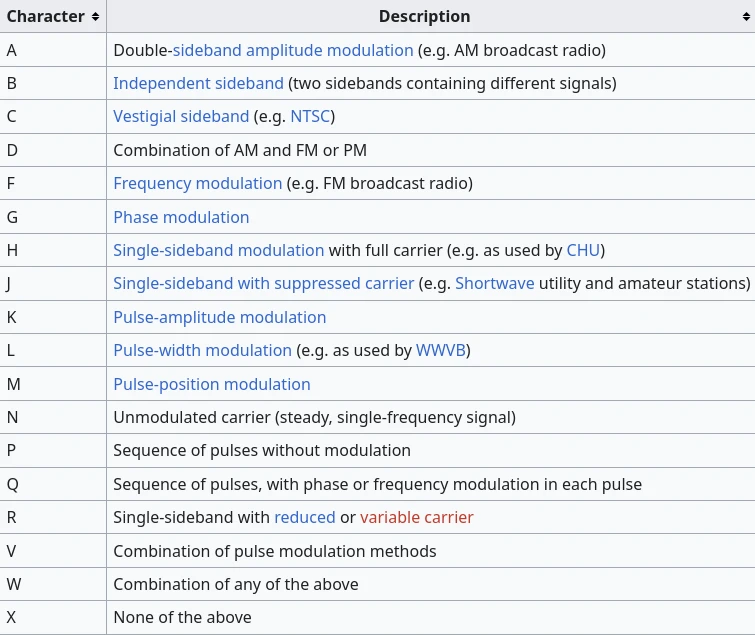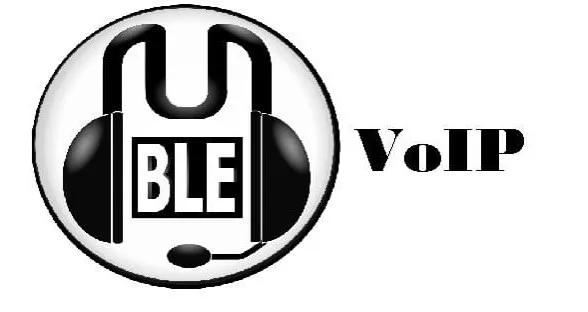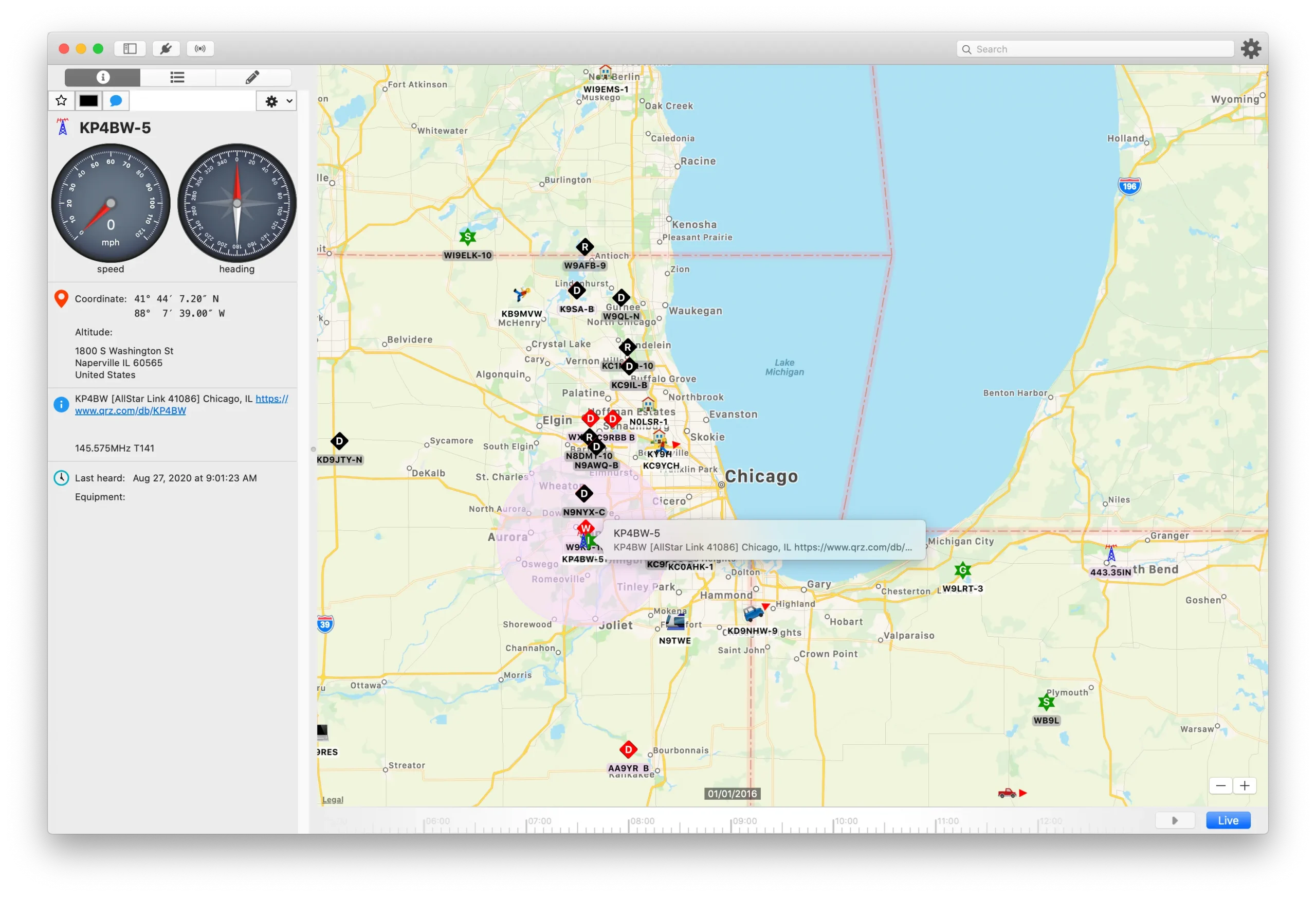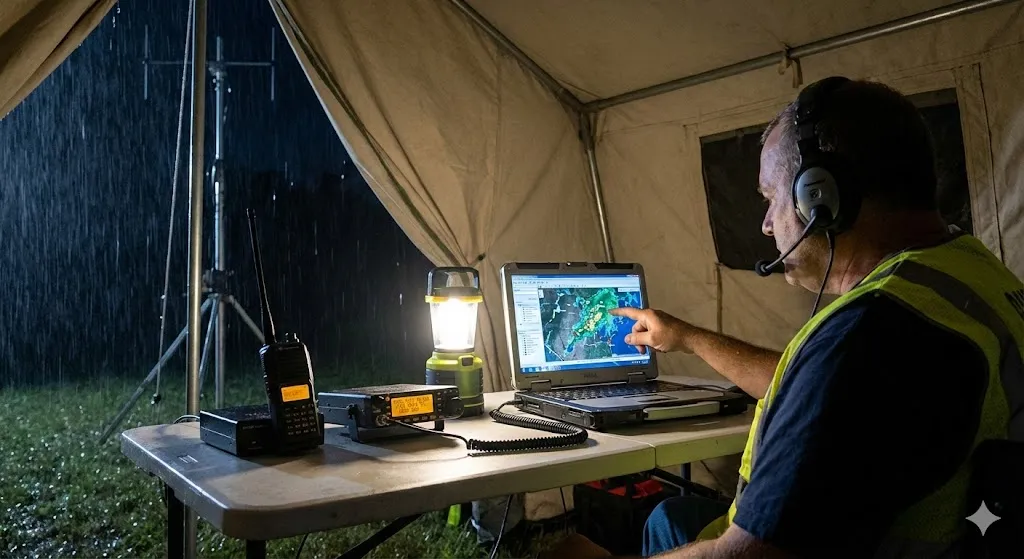amateur radio
APRS
automatic packet reporting system
digital voice
ham radio
LoRa
LoRa APRS iGate
LoRa APRS Tracker
repeater
2meterband, 70cmband, afsk1200, AmateurRadio, APRS, c4fm, DigitalModes, DMR, Dstar, emissiondesignator, fmdigital, fmvoice, hamgear, hamlearning, hamradio, hamradioblog, hamradiodigital, HamRadioMalaysia, hamradiotech, igate, igs, ITU, lora433mhz, loraaprs, lorawan, malaysianhamradio, packetradio, RadioFrequency, radiooperator, rfengineering, rfmodulation, SSB, TNC, UHF, VHF, yaesusystemfusion
9M2PJU
0 Comments
Understanding Emission Designators for APRS and Digital Modes on 2m and 70cm Bands
When working with APRS (Automatic Packet Reporting System), digital modes, or new technologies like LoRa APRS, it’s useful to understand how these transmissions are classified using ITU emission designators. These designators help define what kind of signal is being transmitted — which is helpful for licensing, logging, band planning, and operating responsibly.
What Is an Emission Designator?
An emission designator is a code defined by the ITU (International Telecommunication Union) that describes the characteristics of a radio signal. It usually has three main parts, like F2D or G1D.
Each character in the emission designator has a specific meaning:
- First letter: Type of modulation (e.g., F = Frequency modulation, G = Phase modulation)
- Second number: Type of signal (1 = digital without subcarrier, 2 = digital with subcarrier, 3 = analog)
- Third letter: Type of information being sent (A = Morse, D = Data, E = Voice)
For example, F2D means frequency modulation (FM), with digital data on a subcarrier.
Common Emission Types
Here’s a list of commonly used APRS and digital modes on the 2-meter and 70cm bands, and their corresponding emission types:
APRS AFSK 1200 baud
- Band: 2m (144.390 MHz, 144.800 MHz, 144.340 MHz)
- Emission: F2D
- Description: FM with digital data using AFSK tones (1200/2200 Hz). This is the most common APRS mode.
Voice repeater with CW ID
- Band: 2m / 70cm
- Emission: F2A
- Description: FM voice repeater that sends its callsign in Morse code via an audio tone.
Analog FM voice
- Band: 2m / 70cm
- Emission: F3E
- Description: Regular FM voice transmission (used on simplex or repeaters).
LoRa APRS
- Band: 70cm (commonly 433 MHz)
- Emission: G1D
- Description: LoRa uses chirp spread spectrum, which is categorized as phase modulation. Used to send APRS position/data packets.
APRS via D-STAR
- Band: 2m / 70cm
- Emission: G7D
- Description: Digital voice system with embedded GPS or APRS data.
APRS via DMR
- Band: 70cm
- Emission: G1D
- Description: Digital data over GMSK (time-division) using DMR radios with APRS capability.
APRS via Yaesu System Fusion (C4FM)
- Band: 2m / 70cm
- Emission: G7D
- Description: Digital voice and data using Yaesu’s C4FM protocol. Includes embedded GPS or APRS telemetry.
Packet 9600 baud
- Band: 2m / 70cm
- Emission: F1D
- Description: Digital data sent directly over FM (without AFSK)
Summary Table
| Emission | Use Case | Description |
|---|---|---|
| F2D | APRS AFSK 1200 | FM with subcarrier digital data |
| F2A | CW ID on FM repeaters | Morse tone ID on FM carrier |
| F3E | Analog FM voice | Standard voice over FM |
| F1D | 9600 baud packet | FM baseband digital data |
| G1D | LoRa APRS or DMR | Phase modulated digital data |
| G7D | Fusion or D-STAR | Digital voice + data stream |
Real-World Examples
- In Malaysia, APRS on 144.390 MHz uses F2D (AFSK 1200 baud).
- LoRa APRS is gaining popularity, using G1D.
- Voice repeaters with CW ID use F3E for voice and F2A for the Morse identifier.
- Digital APRS over DMR and C4FM would be classified as G1D and G7D, respectively.
Final Thoughts
Knowing emission type helps ensure proper and responsible operation. Whether you’re using a simple Baofeng to monitor APRS, experimenting with LoRa, or setting up a digital repeater, take a moment to understand the mode’s classification. It’s a small thing that reflects technical knowledge and practice.







Post Comment